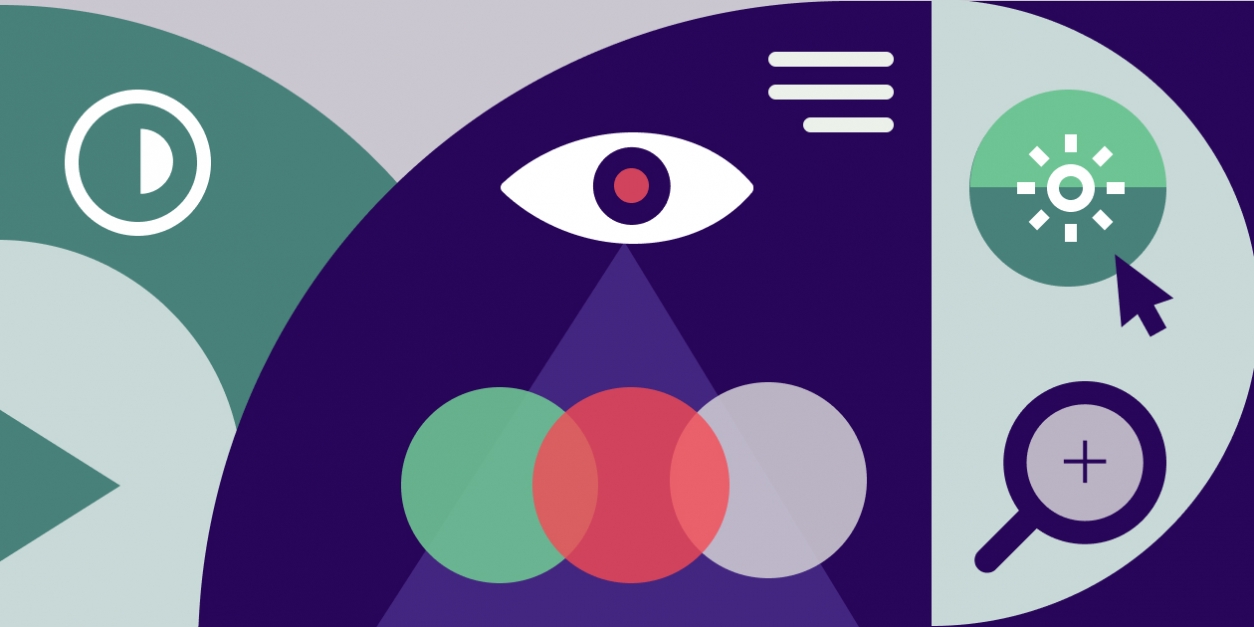Digital communications has quickly grown to be one of the most important ways we, as nonprofits, engage our communities. But are we clearly communicating to everyone through these mediums?
According to the Center for Disease Control, more than 61 million Americans (or 1 in 4 individuals) live with a disability.
If we are not considering digital accessibility on our websites, marketing campaigns and community events, we are potentially excluding a huge portion of our community.
Although many may be aware of the need to consider accessibility concerns for their website, during meetings and community events, it can be hard to know where to begin. What are the things we need to consider? What tools are available? And, how do we standardize accessibility policies across our organization?
This list of resources will help your team start their journey towards a more inclusive community and online communications experience.
Website Accessibility Audit
Website Accessibility Checker – WAVE is a free and easy evaluation tool/browser extension that helps organizations make their web content more accessible to individuals with disabilities. While tools like this speed up the evaluation process, it is important to note that organizations should not rely on automated scanning alone. Used in combination with a series of manual reviews and tests, you can ensure that your website is built with accessibility in mind and maintains accessibility standards. WAVE is a useful tool in your quiver of accessibility tools.
WCAG Accessibility Guidelines – The Web Content Accessibility Guidelines (WCAG) from W3C are widely considered the standard for web accessibility and ADA compliance. For those who love going straight to the source and diving into details, and technical explainations this is the ideal resource.
Website Accessibility Checklist – Organizations in the middle of a website redesign, or those simply looking to see how their site stacks up against accessibility standards, will find this free resource from FuzzyMath useful. This can also be a good starting point for building accessibility policies for your web content strategy and best practices for maintaining your website accessibility on a regular basis. Follow this checklist to ensure a great user experience for everyone!
Contrast Checker – The WebAIM Contrast Checker is a free tool that allows users to enter foreground and background colors in order to determine if the combination provides sufficient contrast to comply with accessibility standards. This can also be used to test text colors against graphic design background colors or images. Contrast not only impacts individuals with low vision or blindness; adequate contrast reduces eyestrain and provides a better experience for everyone.
Website Accessibility Tools
Userway – For those of us without the time or budget to hire an accessibility specialist, Userway’s paid widget can help address *some interface, design and usability issues via a web button that aids individuals using assistive technology. Userway provides a quick and easy way to address many of the accessibility issues that one can typically run into on their website.
*Note: This is not a silver bullet. Websites have many areas Userway wasn’t made to address, i.e. the creation and management of accessible content.
Monsido – Monsido is a paid, digital platform that helps web managers monitor and improve user experience across multiple websites. As one of the leaders in this space, Monsido has a number of features dedicated to SEO, accessibility, content readability and the use of appropriate brand language. Using automated technology, it can identify problems faster than any human, which makes it a powerful tool for managing large websites.
Accessibility Resources for Running Meetings & Events
Thisten.io – Thisten is a paid tool that transcribes and captions content in 100+ languages across any platform–no integration or additional setup needed. In particular, rootid likes to use this tool for live captioning online events when using Zoom or other video chat call platforms. Our team also uses this for transcribing work that we do with clients. It’s a versatile tool that is extremely affordable.
Events and Meeting Accessibility Checklist – Many of us are running online meetings and gatherings, these days—but are they inclusive? This free checklist from Cornell University will help teams consider different ways to improve the experience for everyone, boosting productivity along the way.
Tips for Running Accessible Meetings and Webinars – From advice on developing presentations to actually running meetings and webinars, this checklist lays a great foundation for inclusive and productive workplace gatherings. We reference it often!
Accessibility Trainings & Resources
Deque Accessibility Trainings – Our friends at Deque are leaders in the web accessibility training space. They’ve got courses for beginners and experts, teams and individuals, developers, designers, content creators and everything in between. If you’re looking to develop an in-house expert, or team of experts, to help drive your accessibility policies we highly recommend the Deque trainings.
Guidelines for Writing Accessible Content – We frequently think about the technical side of accessibility but forget that content creators and writers are an integral part of the accessible experience as well. This article provides 9 powerful guidelines to consider when writing website content. These guidelines can help your team create a content accessibility policy that can be released across your organization to support an inclusive content strategy.

